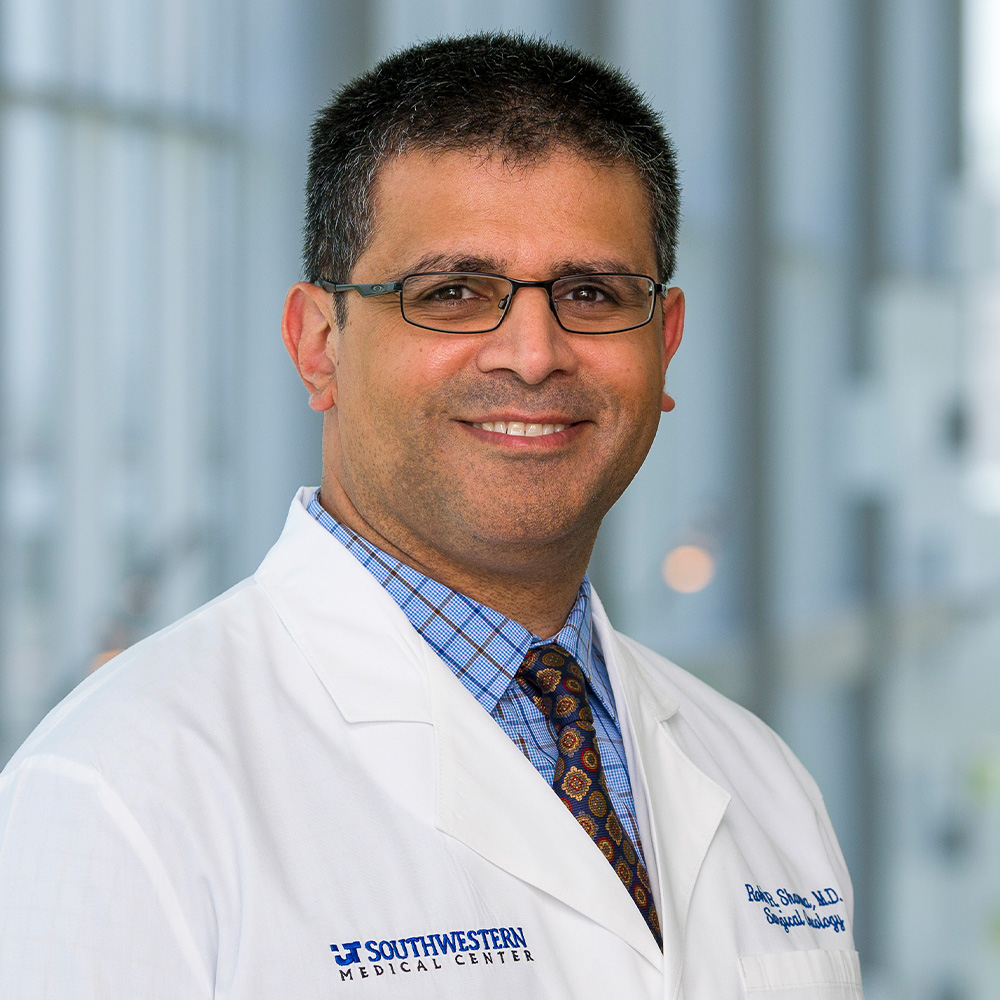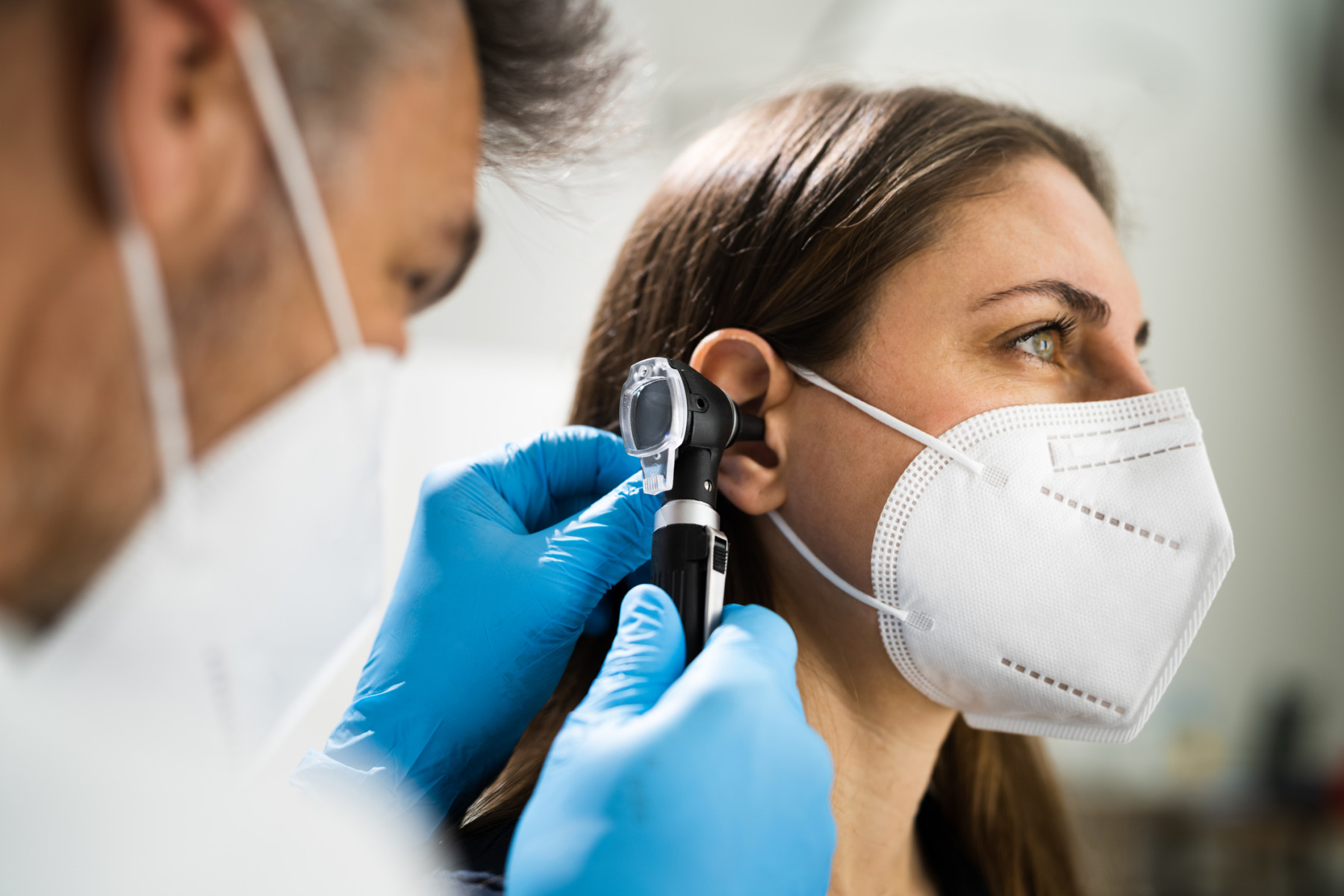Skin cancer is mainly caused by ultraviolet radiation from the sun. And while it is the most common of all cancers in the U.S., it is also one of the most avoidable forms of the disease.
“Overexposure to ultraviolet radiation is the most preventable risk factor for skin cancer, but skin cancer’s incidence rates continue to rise,” says Rohit Sharma, M.D., Associate Professor of Surgery at UT Southwestern who specializes in melanoma, soft-tissue sarcoma, and other complex skin cancers. Dr. Sharma is also a member of the Harold C. Simmons Comprehensive Cancer Center.
About 1 in 5 Americans will get skin cancer by the age of 70, according to the Skin Cancer Foundation. People with fair skin as well as those with naturally blond or red hair are at greater risk. People who use tanning beds or spend time exposed to the sun without protection are also more likely to get skin cancer.
To be safe in the sun, Dr. Sharma recommends:
- Generously apply sunscreen to all exposed skin each day using a broad-spectrum sunscreen that protects against both UVA and UVB rays and has an SPF of at least 30.
- Be sure to use enough sunscreen for adequate protection. The skin should be reasonably saturated to assure coverage — typically a shot glass full of lotion.
- Pay attention to the water-resistant profile of the individual sunscreen. When exercising or swimming, you will need to observe this time frame for reapplication. At a minimum, reapply every two hours, even on cloudy days. This applies to both lotions and sprays.
- Avoid tanning outdoors or using tanning beds indoors. Ultraviolet light from tanning beds and the sun causes damage such as skin cancer and wrinkling. Use a sunless self-tanning product instead.
- Wear protective clothing, including long sleeves, sunglasses, and a wide-brimmed hat that shades the face, ears, and neck when outdoors.
- Check for any medications that you take that have any extra sensitivity to the sun’s rays.
- Seek shade and remember that the sun’s rays are strongest between 10 a.m. and 4 p.m.
About UT Southwestern Medical Center
UT Southwestern, one of the nation’s premier academic medical centers, integrates pioneering biomedical research with exceptional clinical care and education. The institution’s faculty has received six Nobel Prizes, and includes 26 members of the National Academy of Sciences, 19 members of the National Academy of Medicine, and 14 Howard Hughes Medical Institute Investigators. The full-time faculty of more than 2,900 is responsible for groundbreaking medical advances and is committed to translating science-driven research quickly to new clinical treatments. UT Southwestern physicians provide care in more than 80 specialties to more than 100,000 hospitalized patients, more than 360,000 emergency room cases, and oversee nearly 4 million outpatient visits a year.




